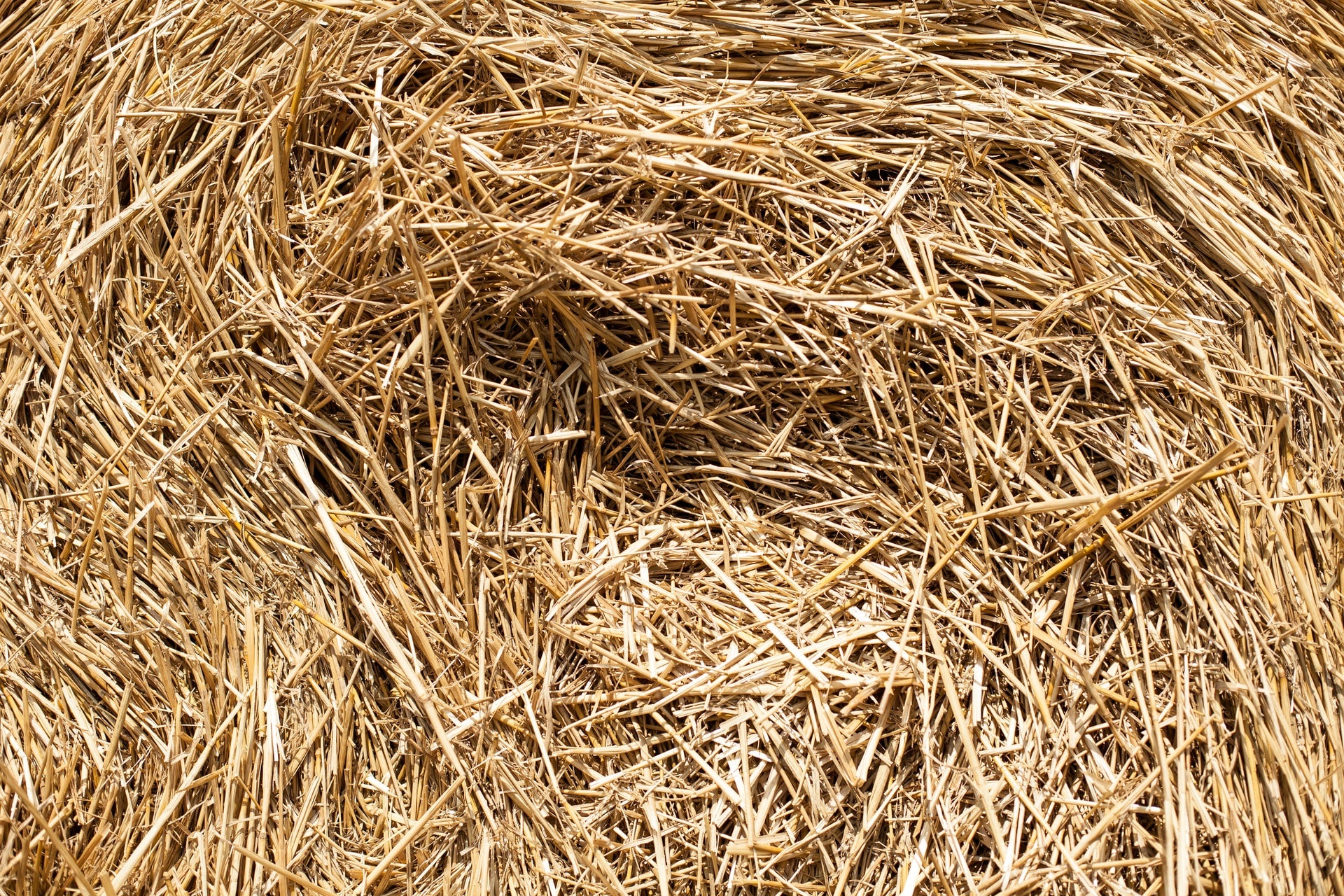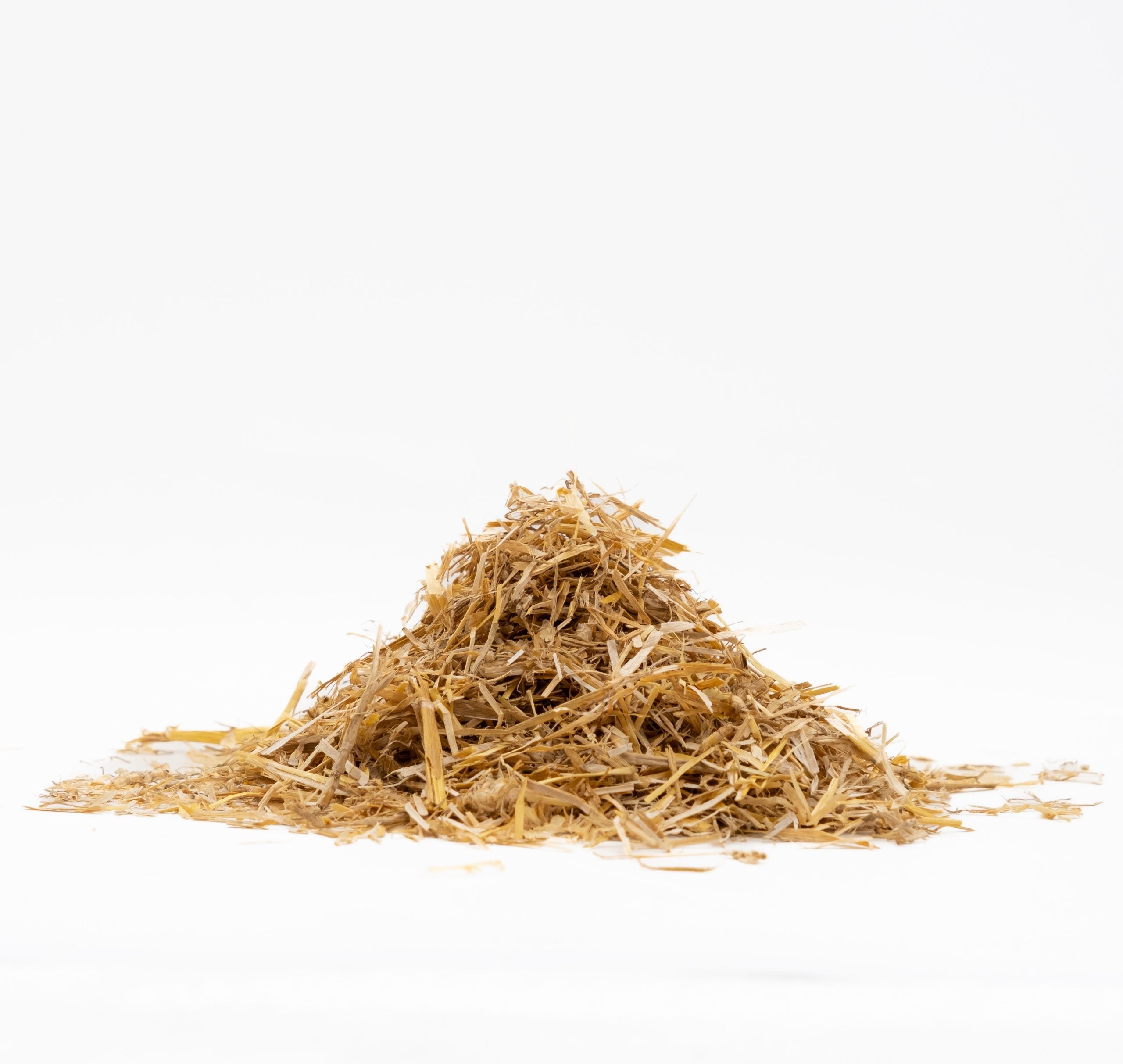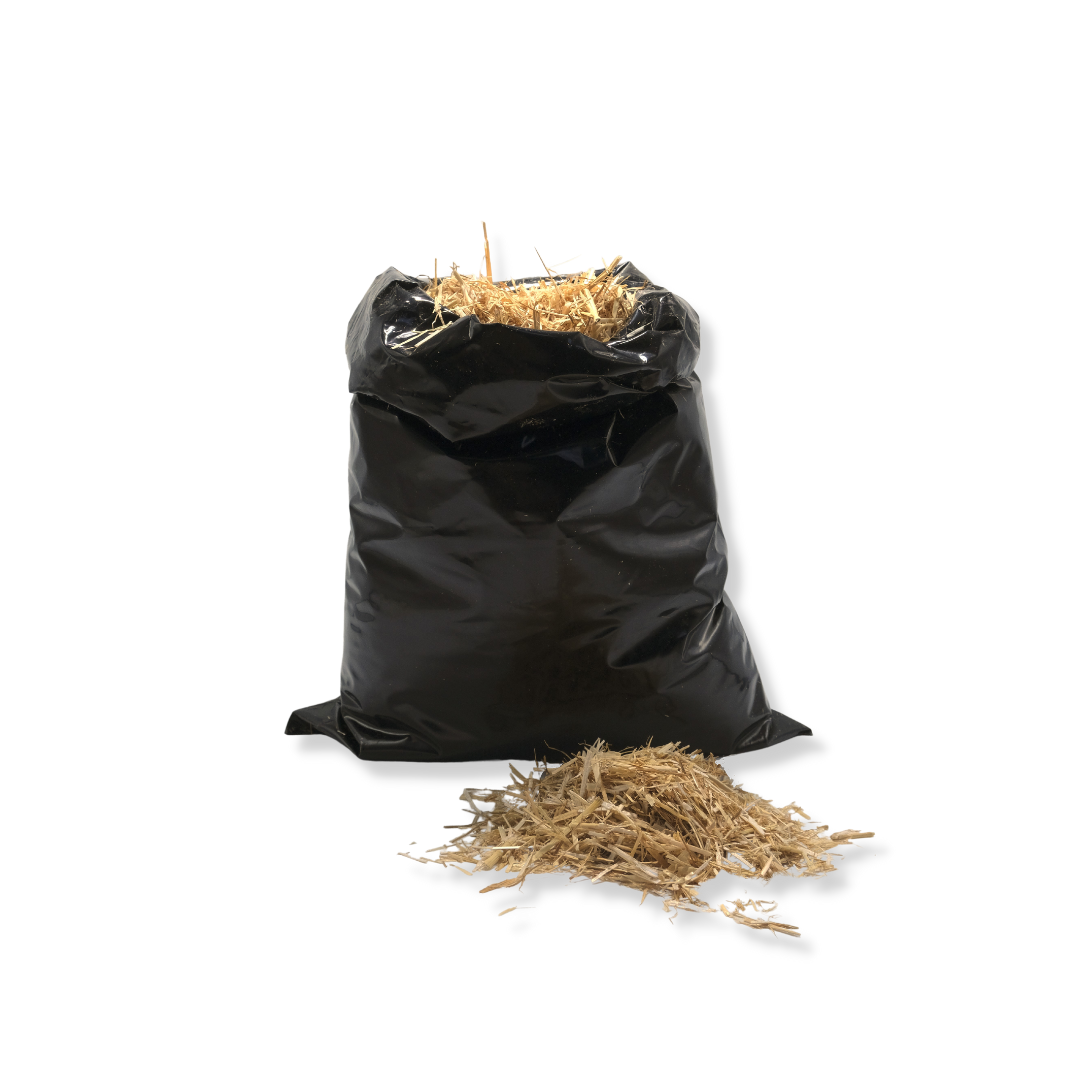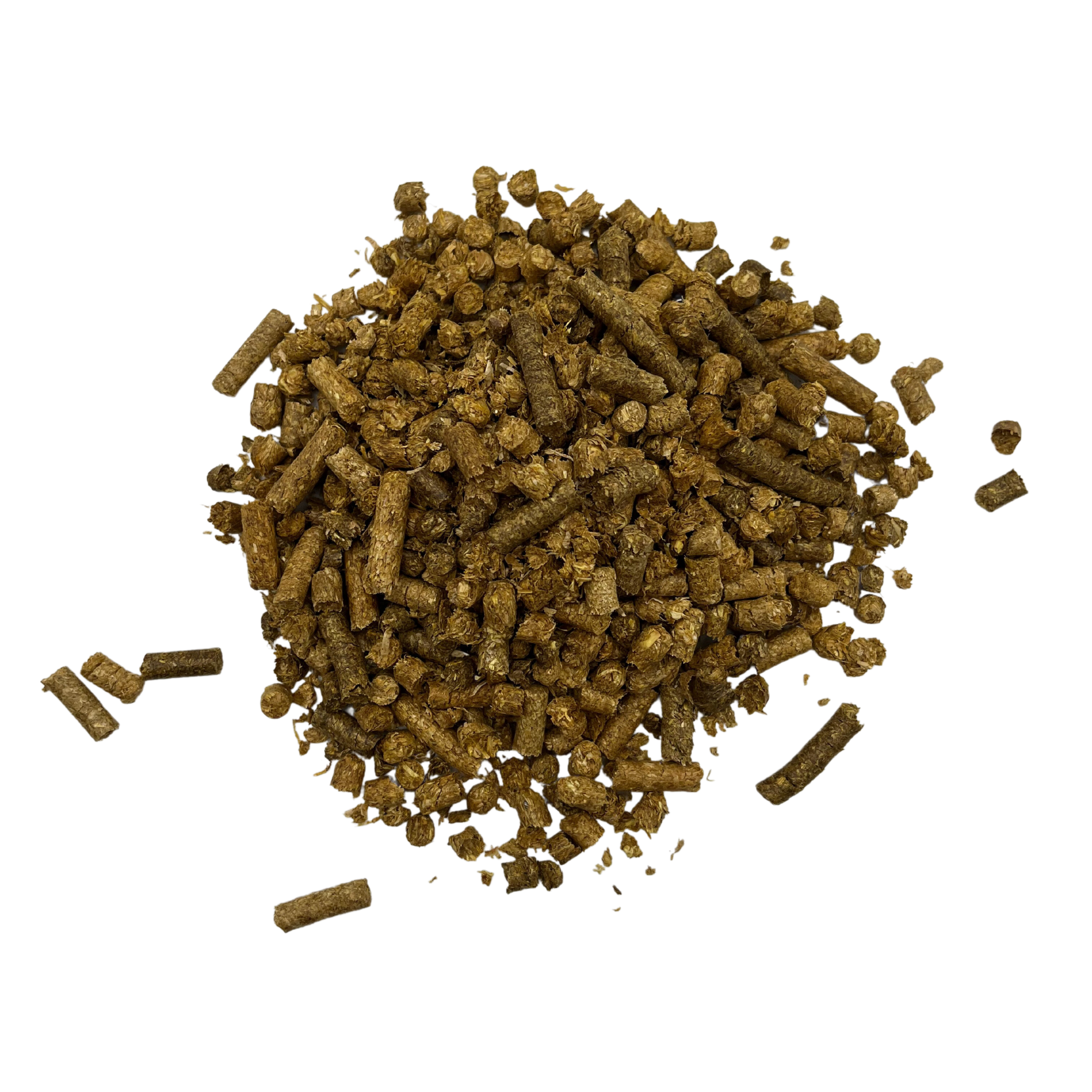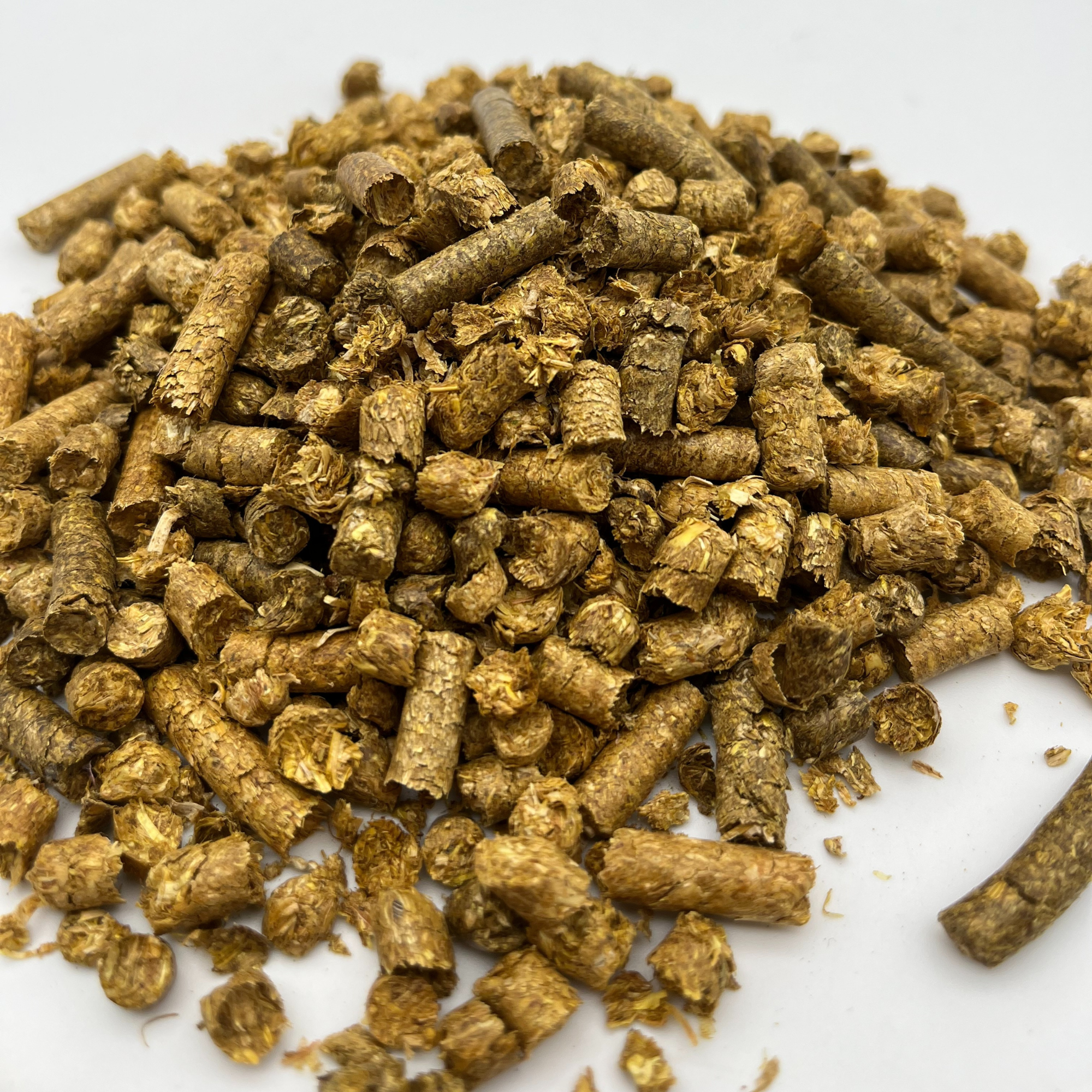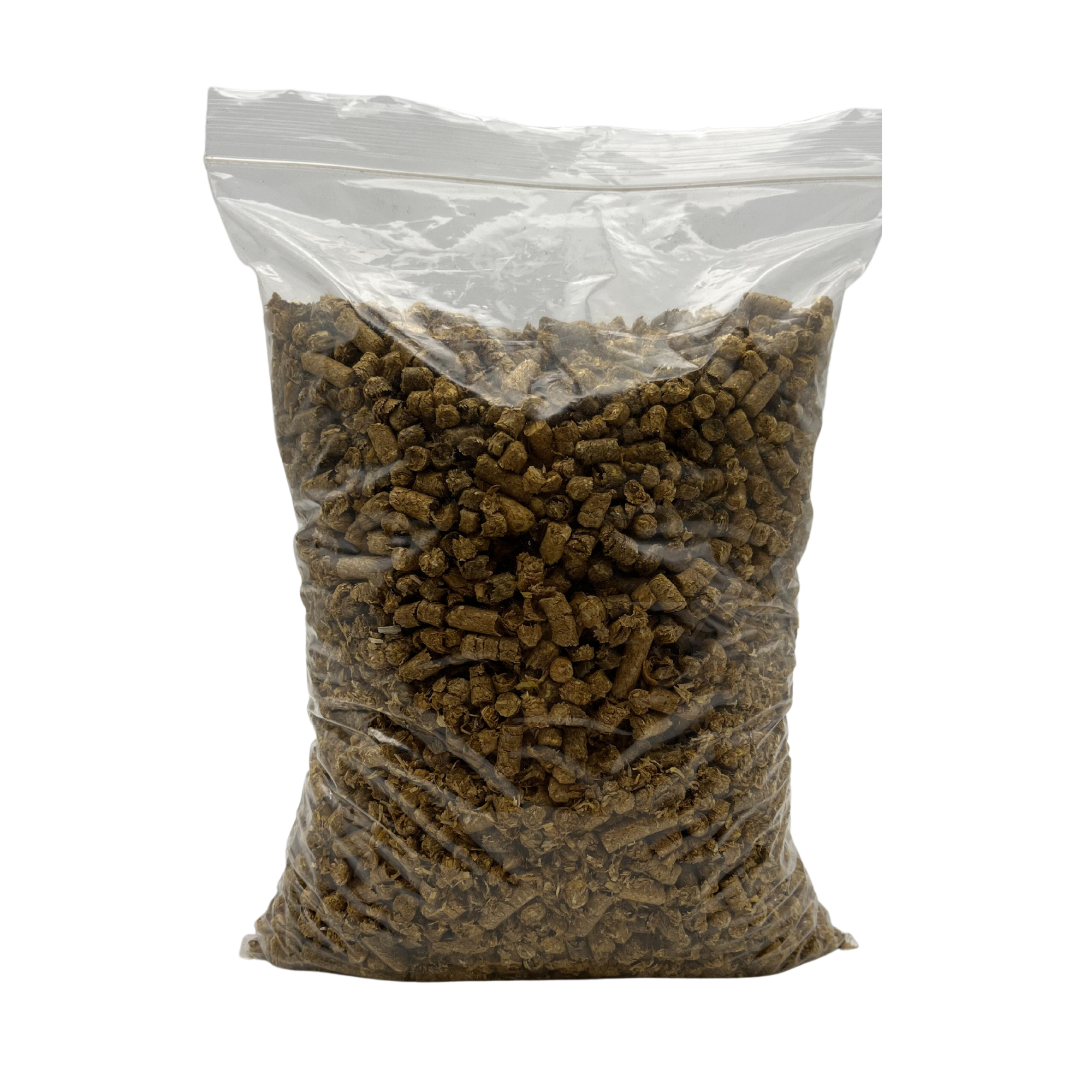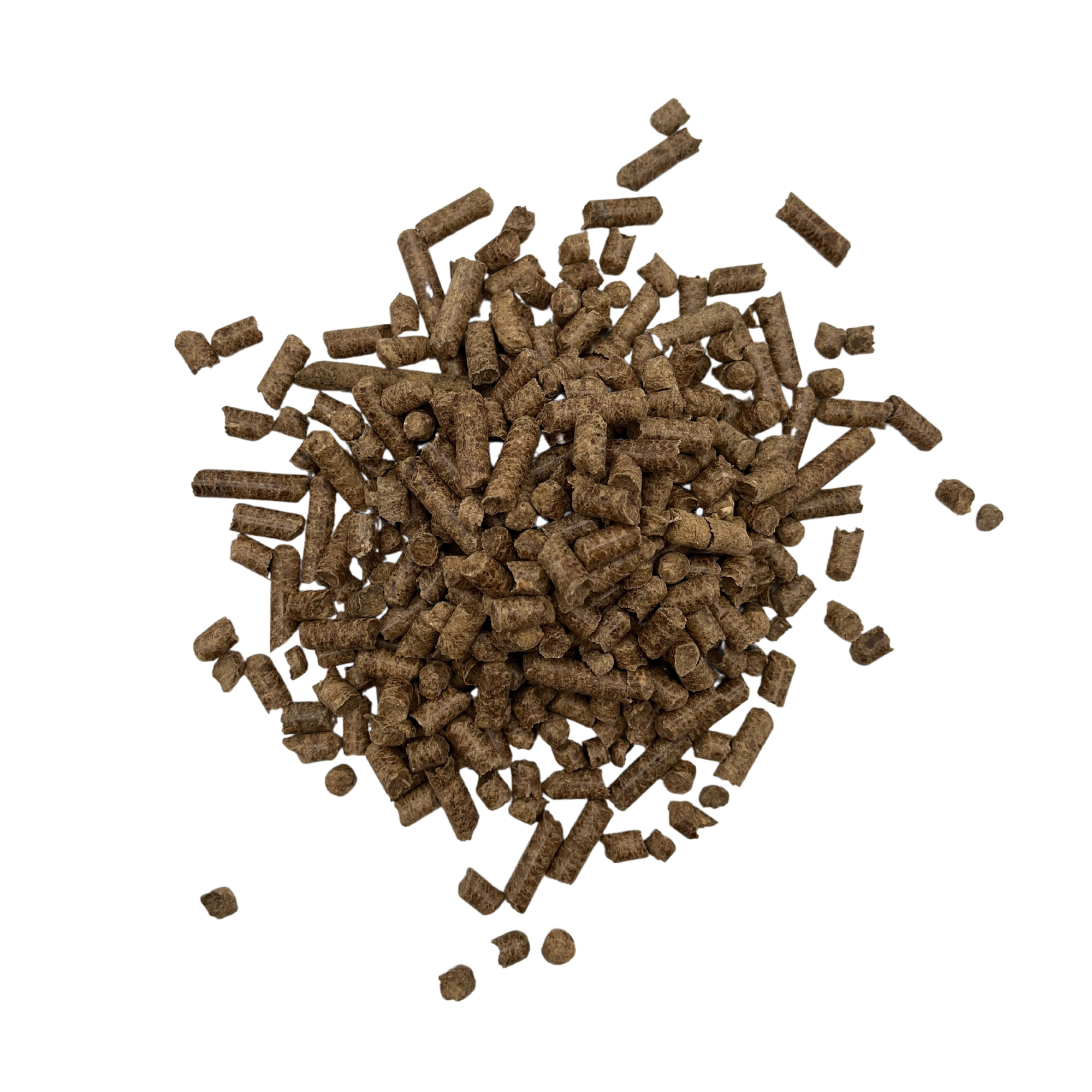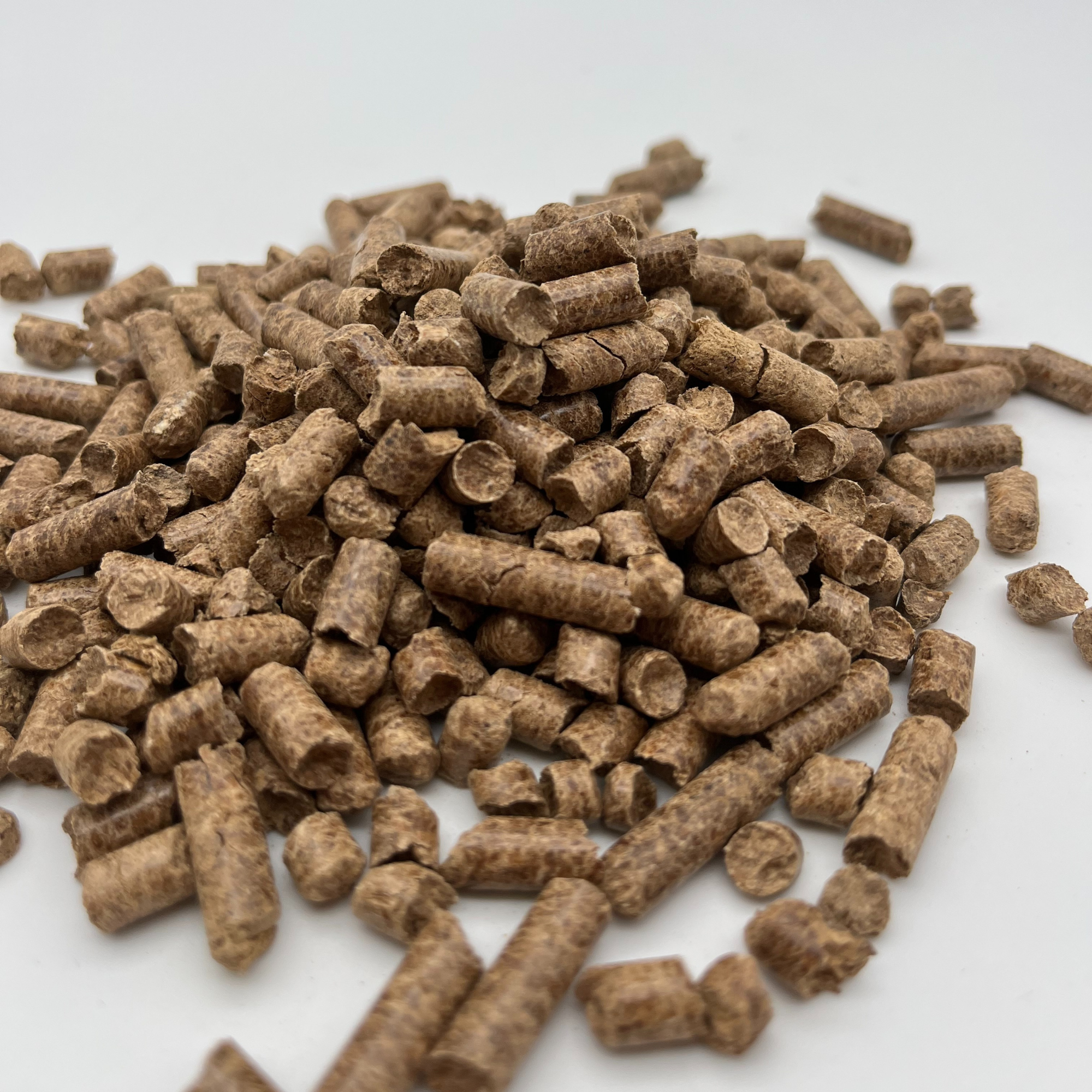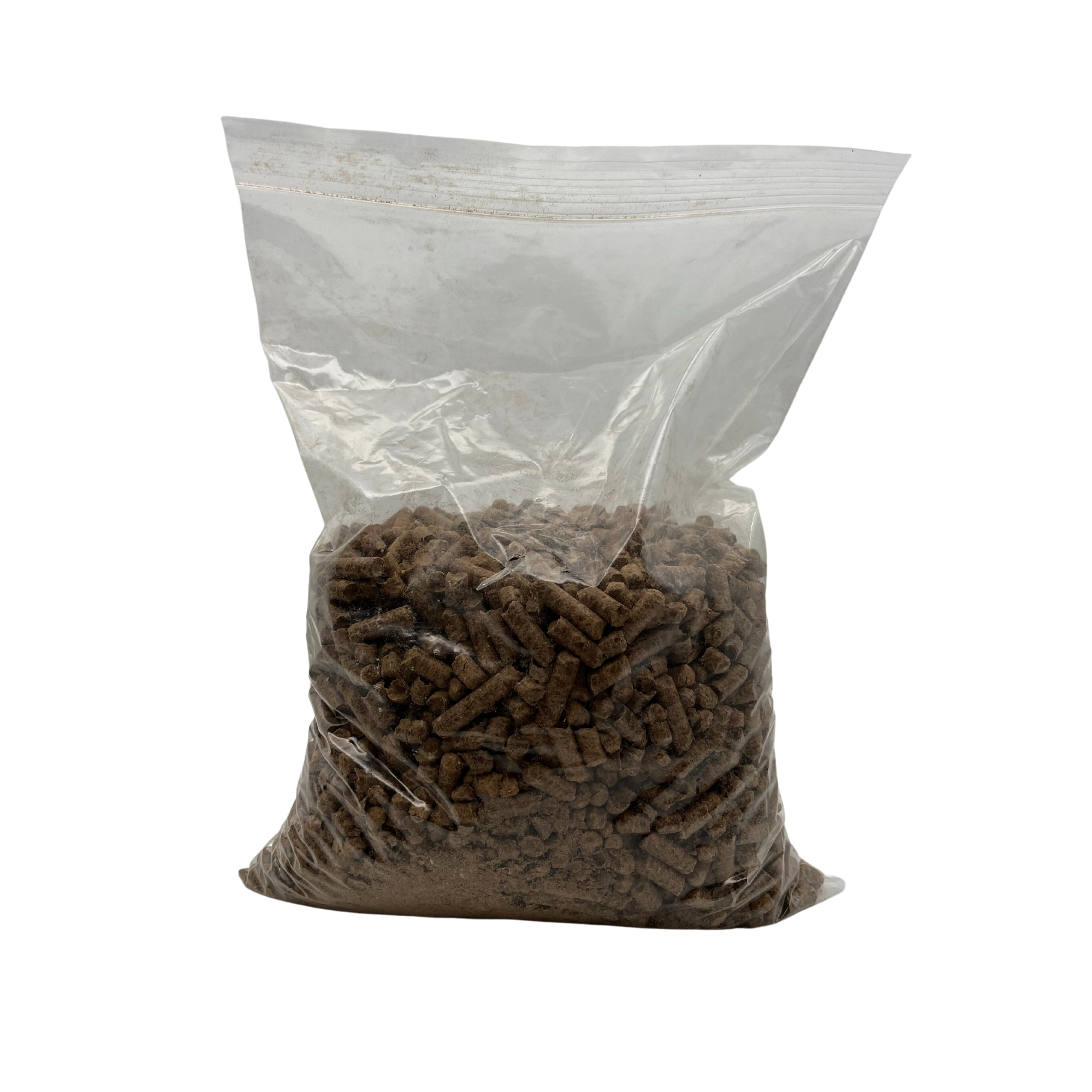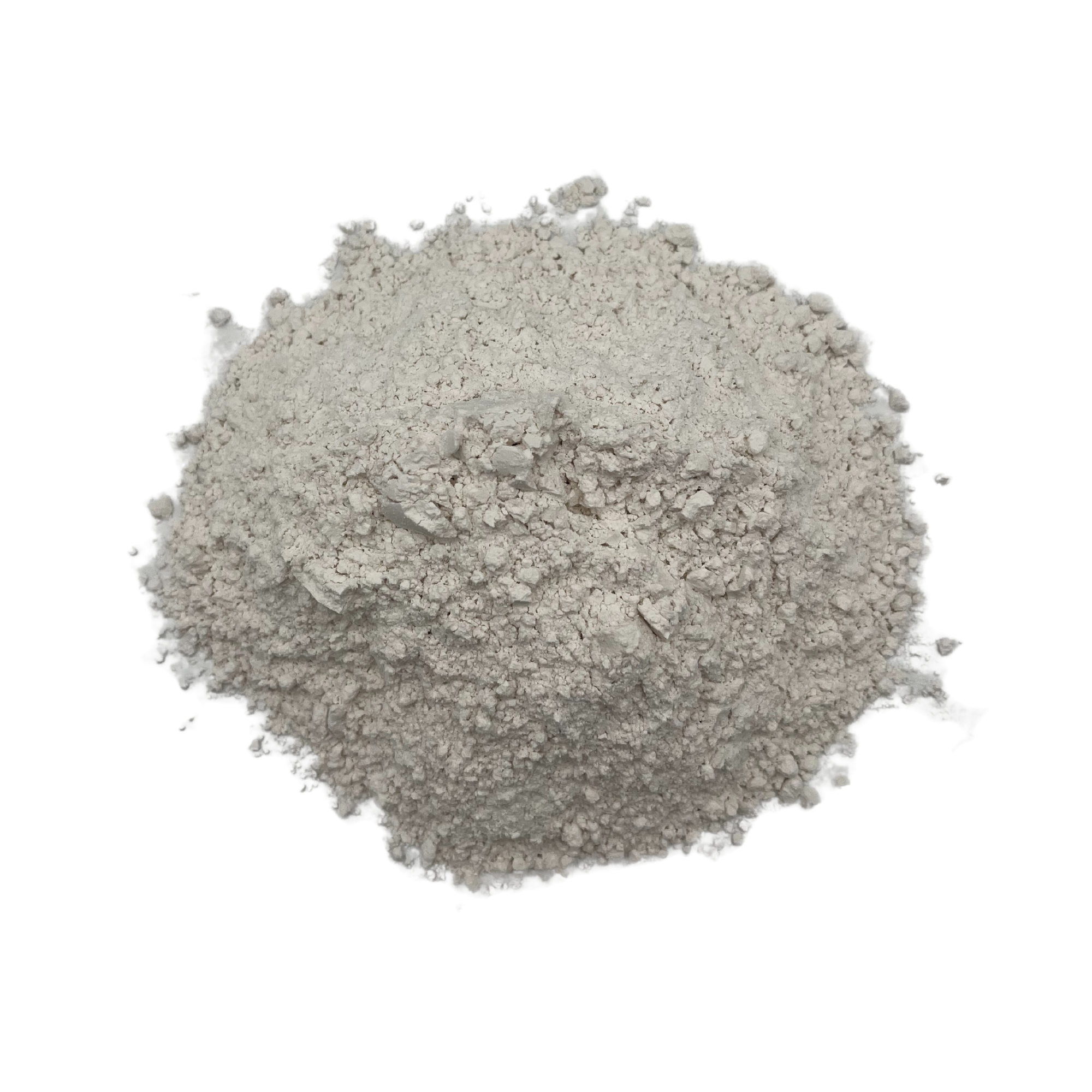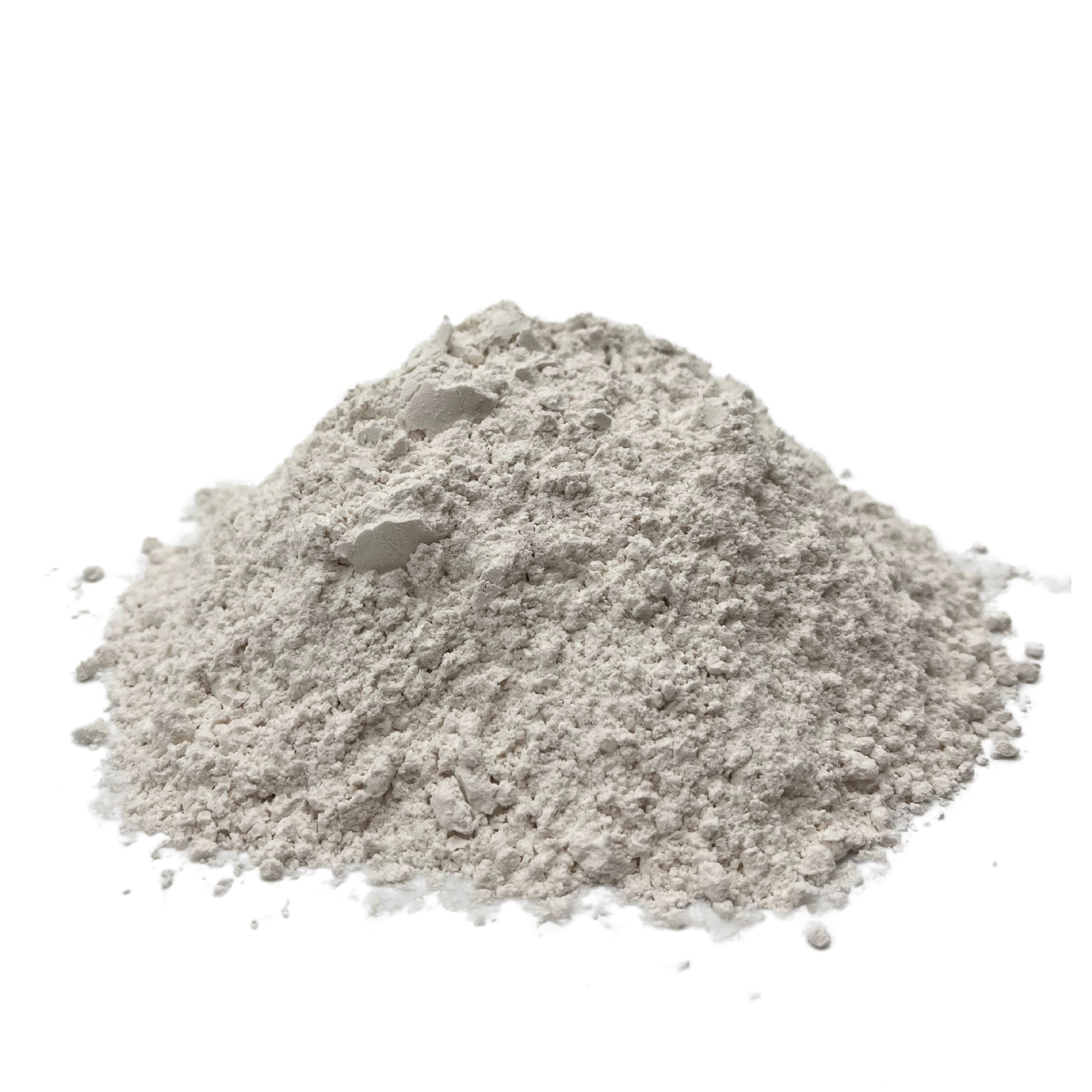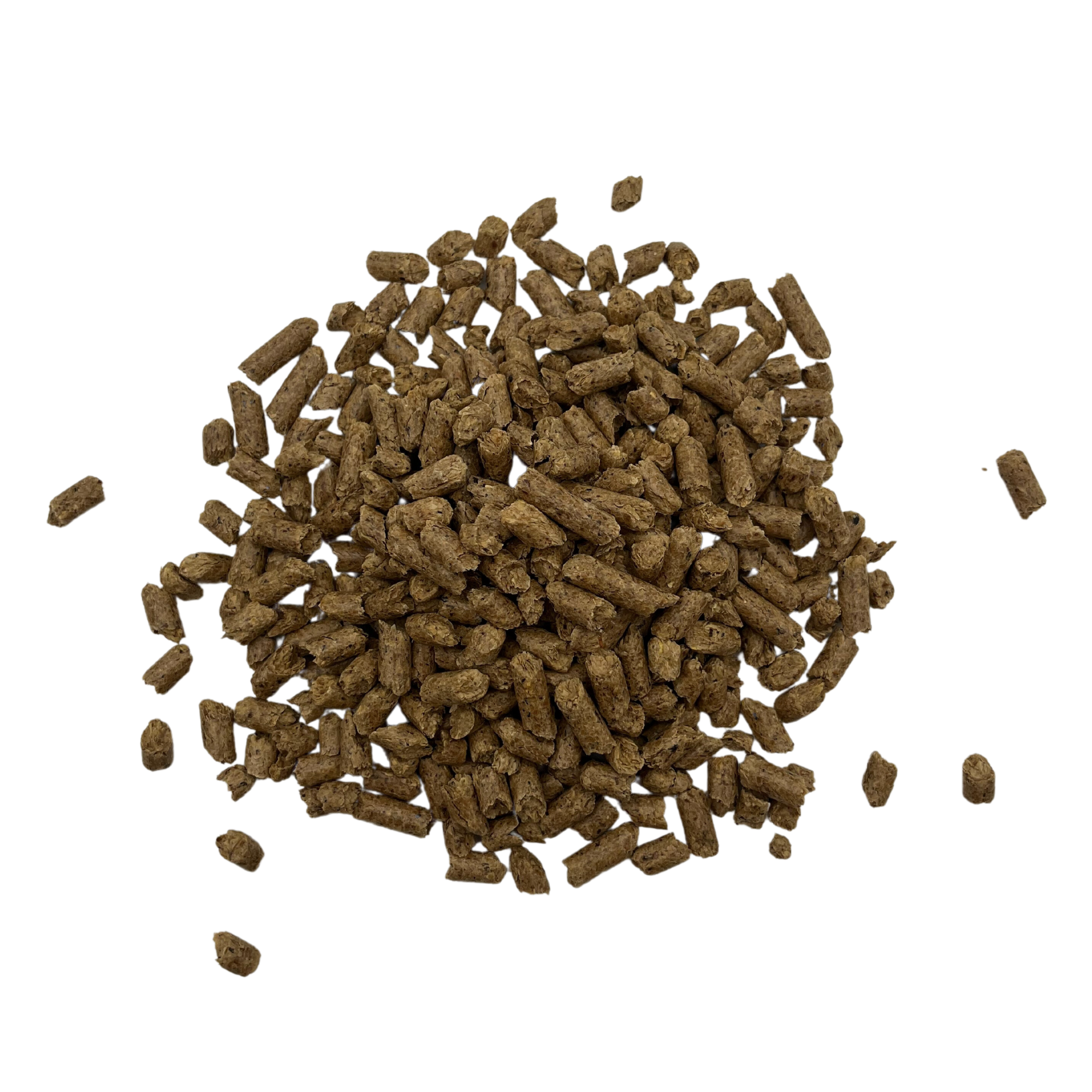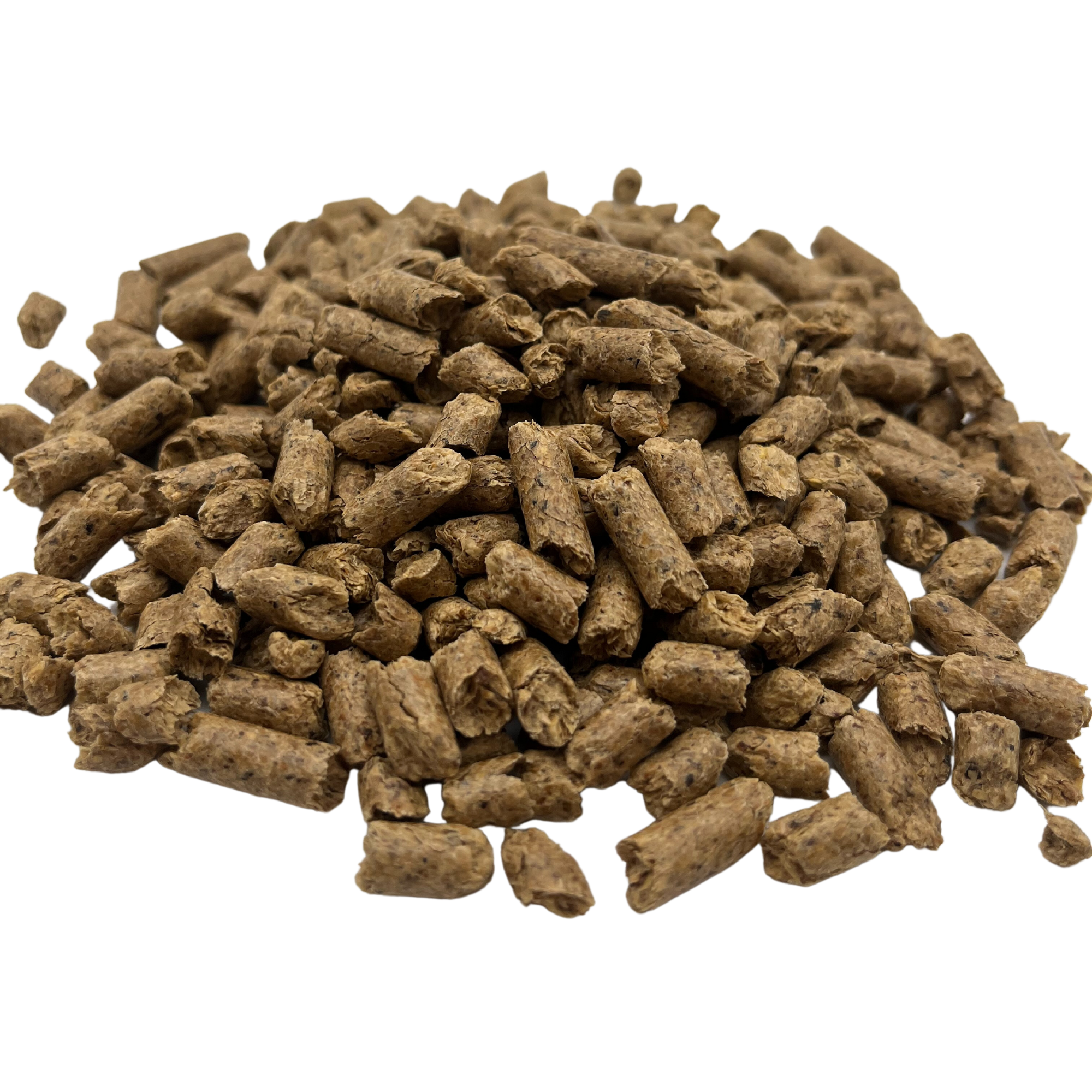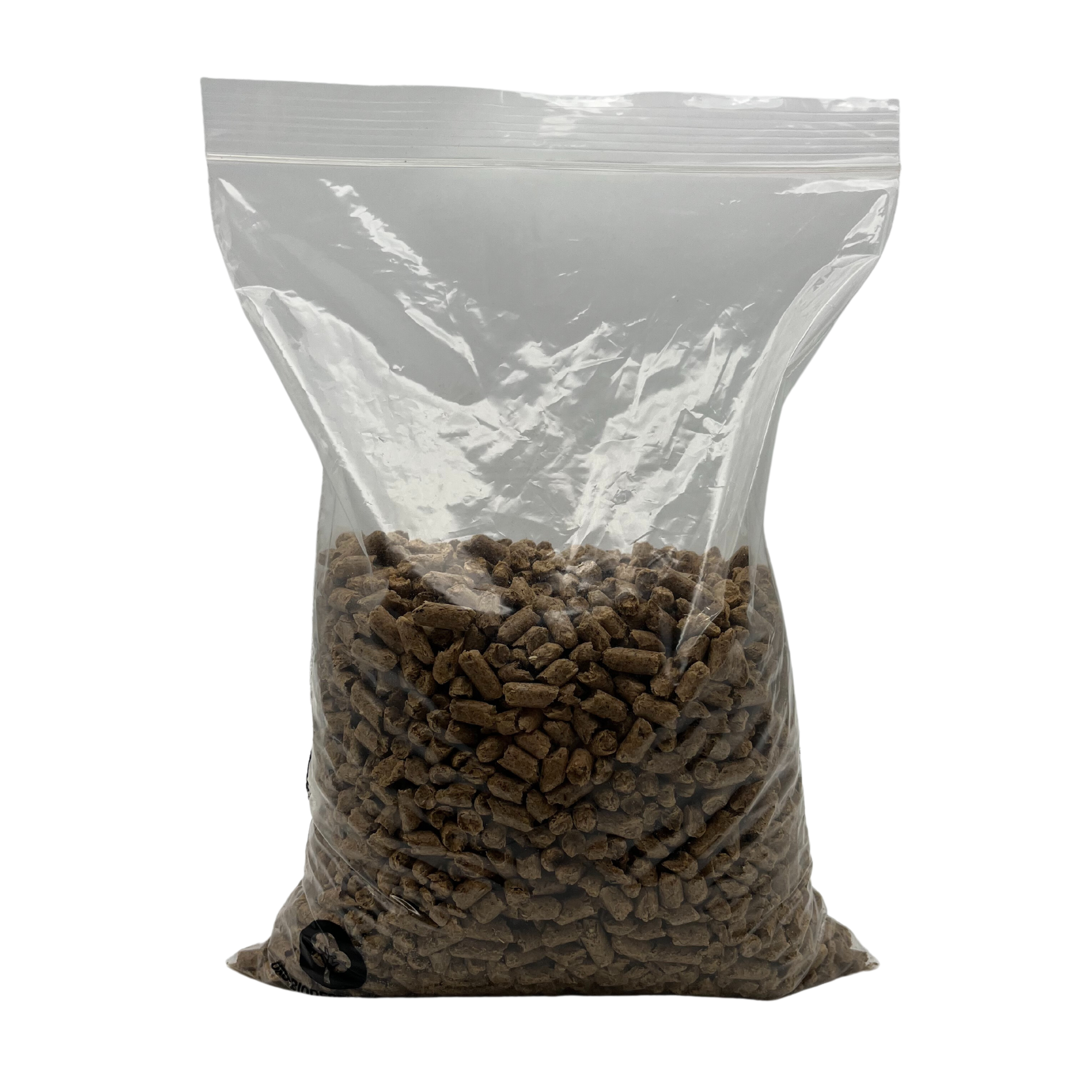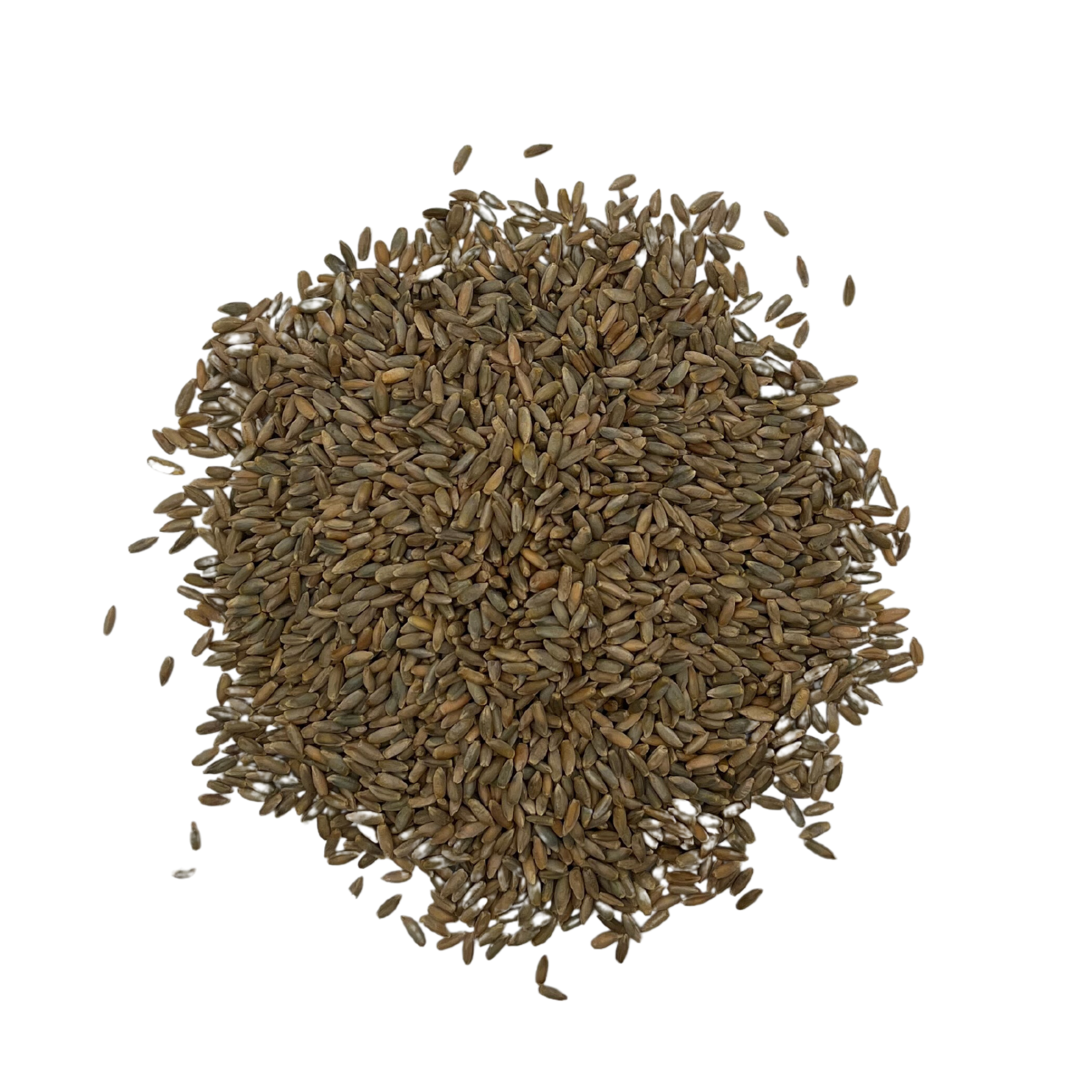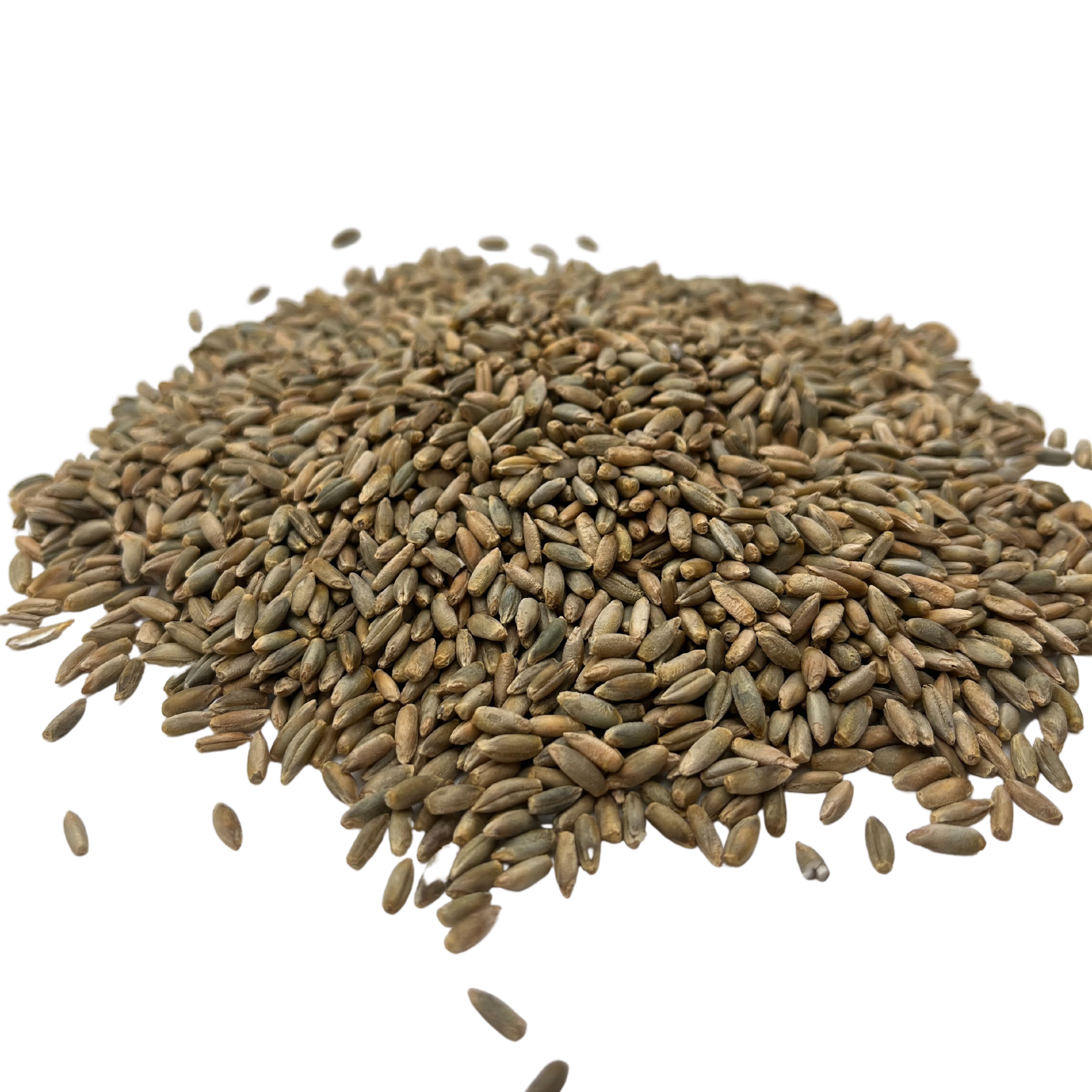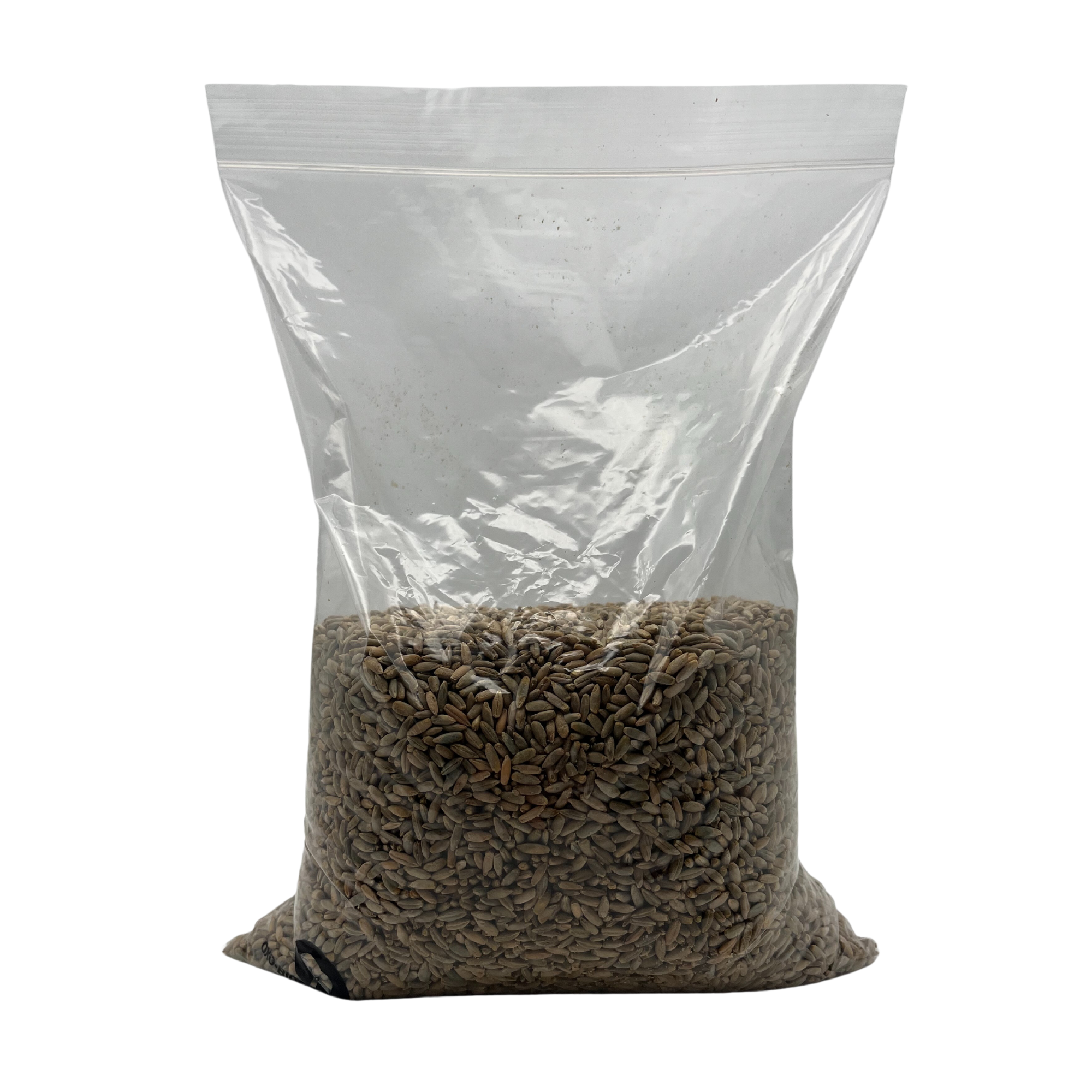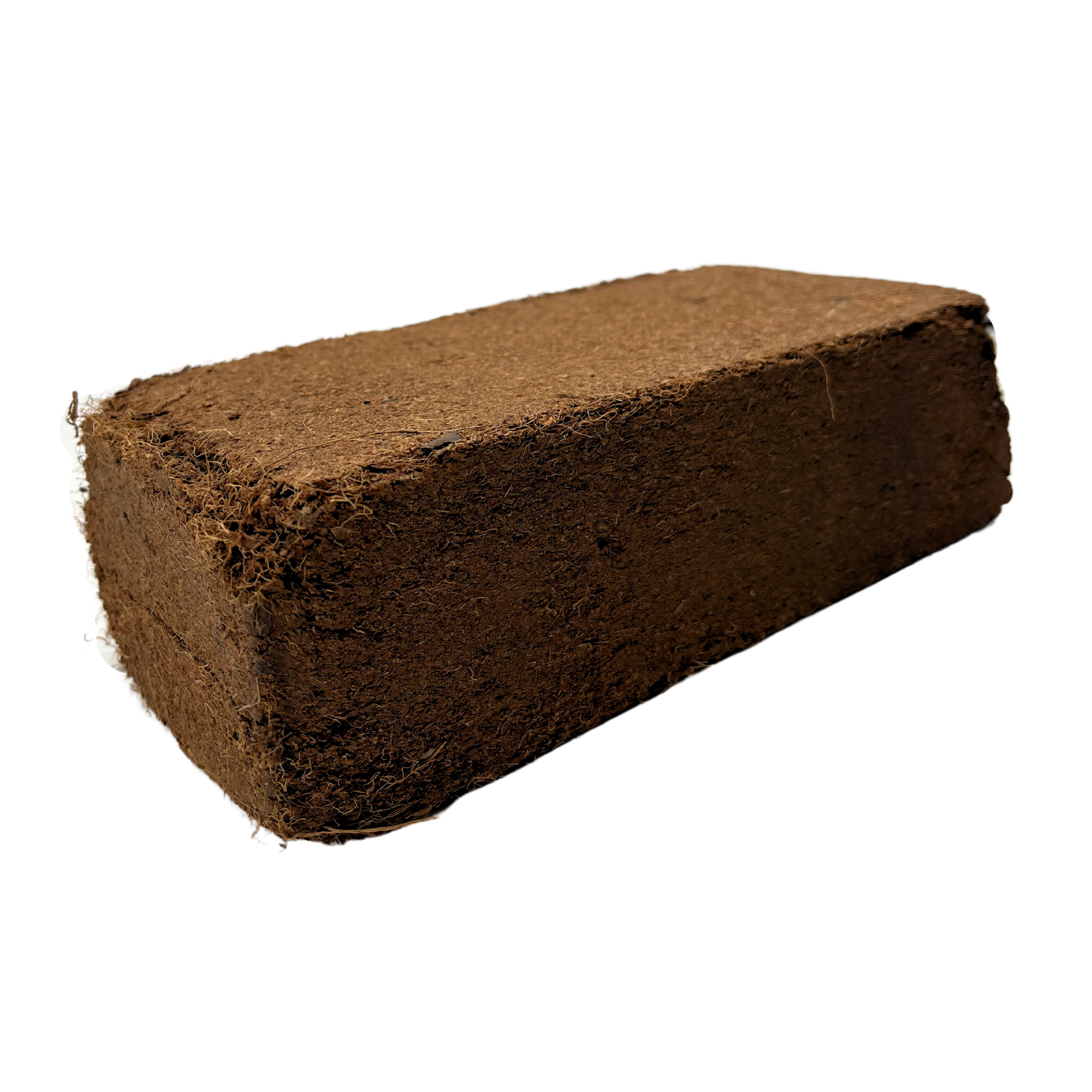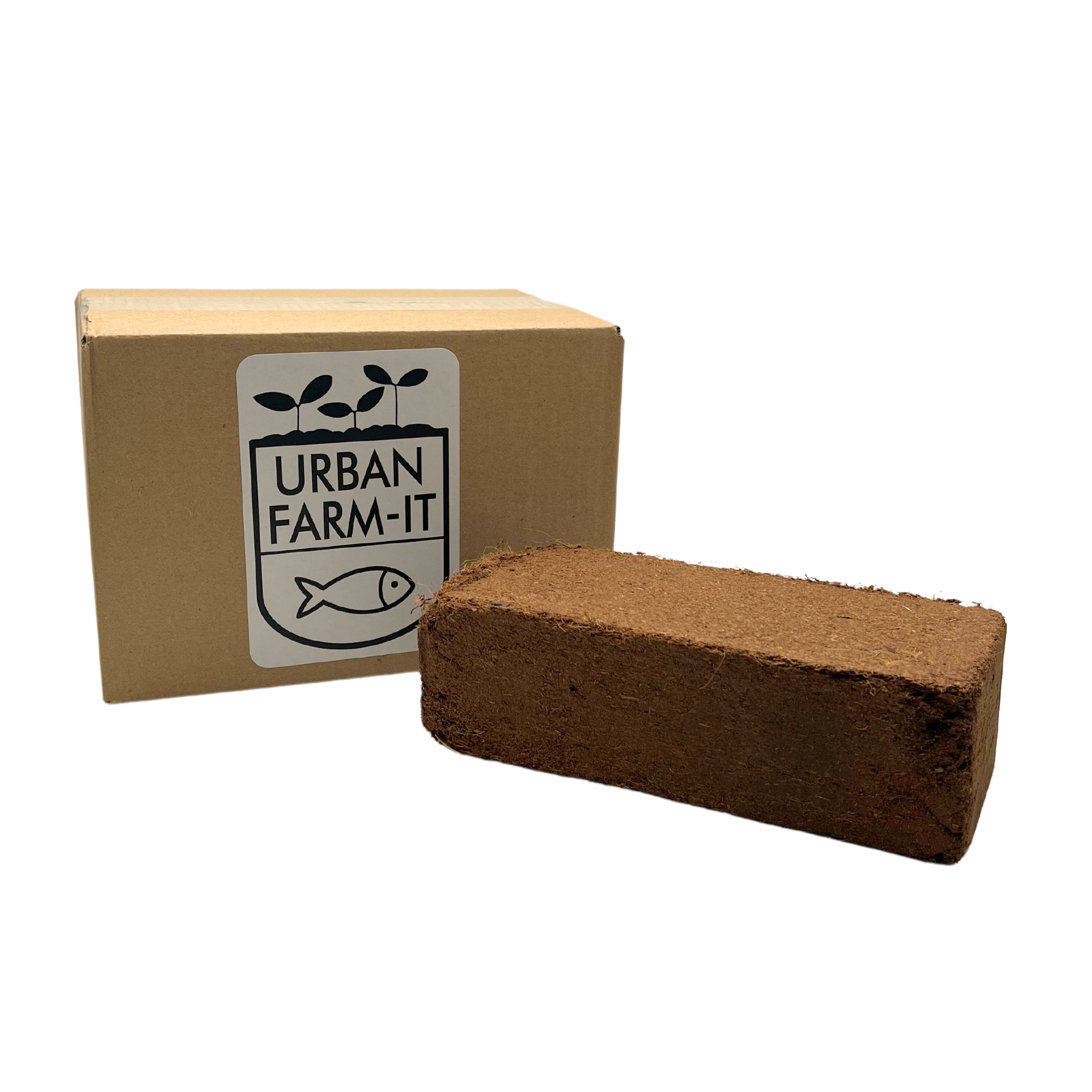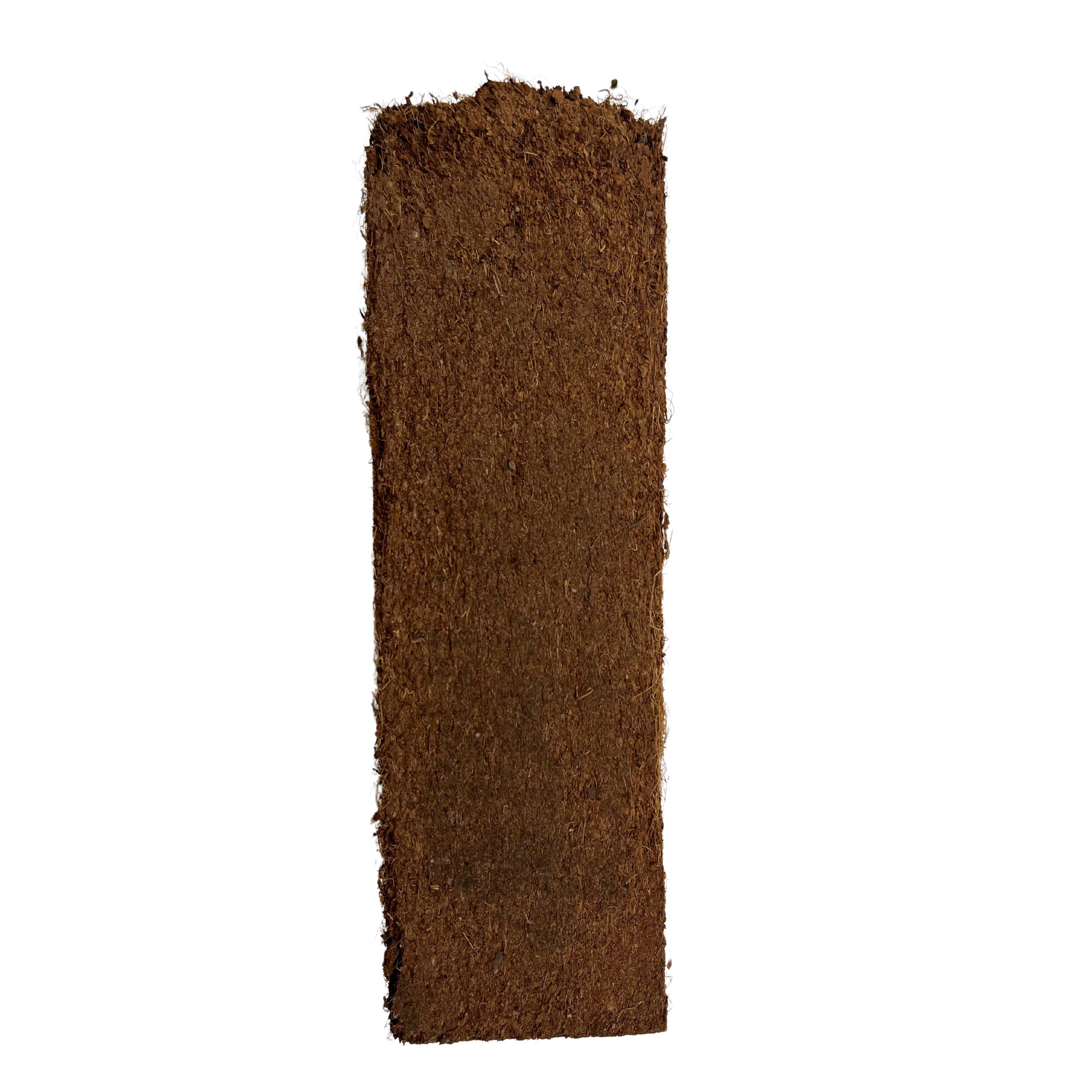Master's Mix Pellets (Raw Mix)
Vermiculite Substrate Supplement
FAQs
Please read our FAQs page to find out more.
What is mushroom substrate?
Mushroom substrate is the material that provides food for the mycelium to grow on. Common substrates include straw, sawdust, wood chips, compost, or even coffee grounds, depending on the mushroom species. It’s what the spawn colonises before producing mushrooms.
Can you reuse mushroom substrate?
You can reuse mushroom substrate, but the yields will usually be much smaller. After a couple of flushes, most of the nutrients are already used up. Many growers recycle spent substrate into compost or garden soil, where it still adds value as an organic material.
How deep should mushroom substrate be?
For most mushroom species, a substrate depth of 5–10 cm is enough when filling trays or bags.
- Too shallow (<5 cm): The substrate can dry out quickly, leaving the mycelium exposed and stressed. This often results in smaller flushes and fewer mushrooms overall.
- Too deep (>10 cm): Colonisation slows down because the mycelium has more distance to spread through. This increases the risk of contamination before the substrate is fully colonised.
How long to pressure cook mushroom substrate?
If you’re sterilising substrate in a pressure cooker, 90 minutes at 15 PSI is a standard guideline for smaller batches. This ensures contaminants are destroyed, so the mycelium has a clean environment to grow. Larger volumes of mushroom substrate (>2-3 kg) may need 2-3 hours to fully sterilise.
How long does mushroom substrate last?
The lifespan of mushroom substrate depends on whether it has been inoculated with mushroom spawn or not.
- Uninoculated substrate: Once pasteurised or sterilised, mushroom substrate is highly prone to contamination. If left uninoculated, it usually lasts just a few days to a week before mould or bacteria take over. To avoid waste, it’s best to inoculate as soon as possible after preparation.
- Inoculatedsubstrate: Once you add mushroom spawn, the shelf life increases significantly. Properly colonised mushroom substrate can last for several weeks to a few months, depending on the mushroom species, substrate type, and storage conditions. For example, grain spawn or sawdust blocks often stay viable for 2–3 months if stored in a cool, clean environment.
